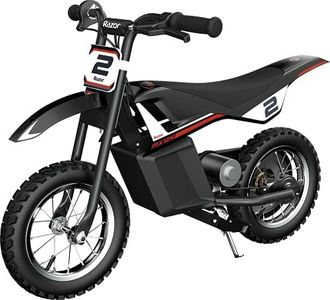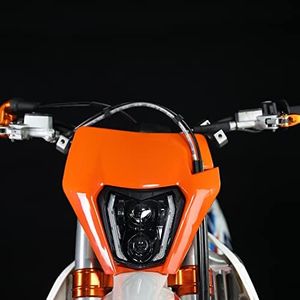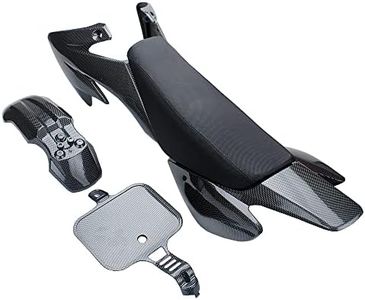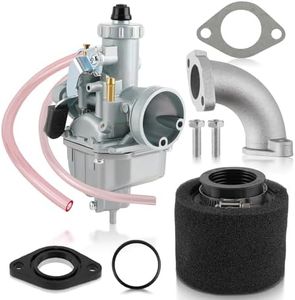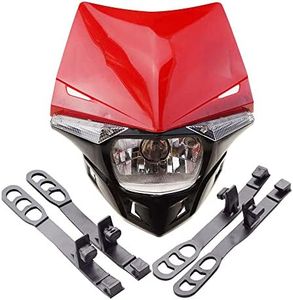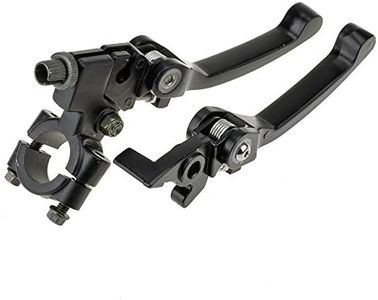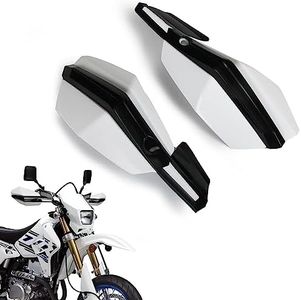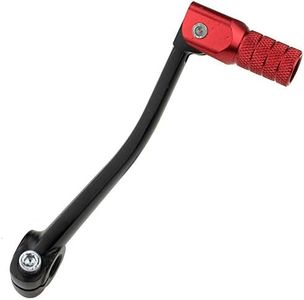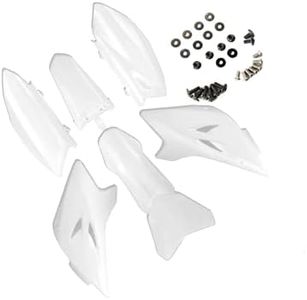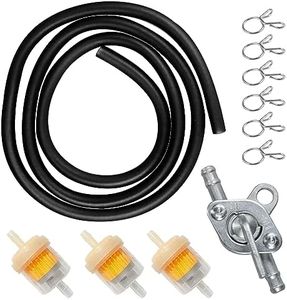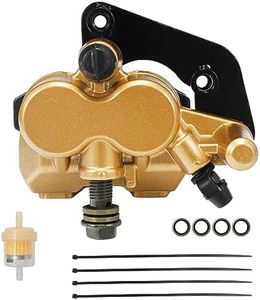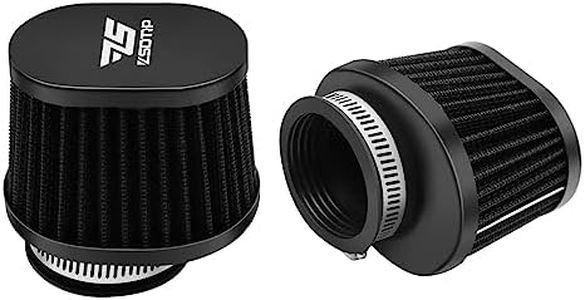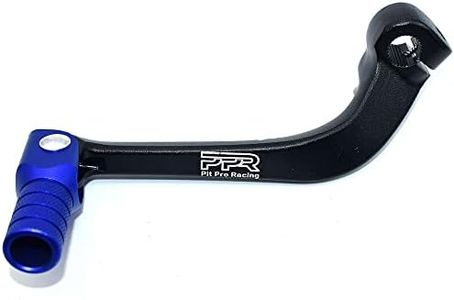We Use CookiesWe use cookies to enhance the security, performance,
functionality and for analytical and promotional activities. By continuing to browse this site you
are agreeing to our privacy policy
10 Best Pit Bikes
From leading brands and best sellers available on the web.Buying Guide for the Best Pit Bikes
When choosing a pit bike, it's important to think about how and where you plan to ride. Pit bikes are smaller, lightweight motorcycles that are used mostly for recreational riding or for getting around at events. The right pit bike for you will depend on your experience level, your size, and your intended use. Understanding the key specs will help you find a model that matches your abilities and keeps you comfortable and safe while riding.Engine Size (cc)Engine size, measured in cubic centimeters (cc), tells you how powerful the bike's motor is. Smaller engines, like 50-90cc, are less powerful and great for beginners, younger riders, or those who just want to cruise casually. Middle sizes such as 110-125cc offer a bit more speed and are suitable for older kids, teens, and adults looking to have more fun or ride on rougher terrain. Larger engines, 140cc and up, provide the most power and are usually best for experienced riders or those planning to ride aggressively. Picking the right engine size depends on your comfort with motorcycles and what kind of riding experience you want.
Seat HeightSeat height measures how high the seat is from the ground. Lower seat heights make it easier to get on and off the bike and put your feet flat on the ground, which is ideal for beginners and younger riders. Taller seat heights give you more ground clearance, which helps when riding over bumps or off-road terrain, and are better suited for taller or more confident riders. To choose the best seat height, sit on a few bikes and make sure you can touch the ground comfortably without stretching.
Transmission TypeTransmission type refers to how you change gears on the bike. Some pit bikes have automatic transmissions, so you don’t have to worry about shifting gears, which is perfect for beginners or those who want an easy ride. Others have semi-automatic or manual transmissions, which give you more control and let you adjust the bike’s power yourself—these are better for those with some experience or for riders who want to learn real motorcycle skills. Your choice should match how comfortable you are with shifting gears.
Wheel SizePit bikes come with various wheel sizes, usually between 10 to 17 inches. Smaller wheels make the bike nimble and light, great for tight places or younger riders. Bigger wheels handle bumps and rough ground better and can make the bike kinder to ride over obstacles. Choosing the right wheel size means thinking about where you’ll ride most—smaller wheels for smooth, flat ground or racing, and bigger wheels if you expect dirt, bumps, or trails.
SuspensionSuspension refers to the shock-absorbing parts that keep the ride smooth when you go over bumps. Basic pit bikes have simpler suspension, fine for flat ground or light use. Higher-quality or adjustable suspensions help the bike absorb bigger bumps and jumps, giving you better control and comfort over rough terrain. If you plan to do a lot of off-roading or jumping, look for a pit bike with better suspension.
BrakesBrakes are essential for safety and stopping power. Most pit bikes use either drum or disc brakes, with discs generally giving stronger and more reliable stopping power, especially in wet or muddy conditions. Beginners and casual riders may be fine with drum brakes, but if you ride faster or on tricky trails, disc brakes are usually safer and more effective. Always check if the brakes feel comfortable and responsive for you.
WeightThe weight of a pit bike affects how easy it is to control, lift, and move. Lighter bikes are easier for beginners, smaller riders, and younger people because they can handle them more easily, especially in tight spaces or if the bike needs to be picked up. Heavier bikes can offer more stability at speed, but take more effort to control. Match the weight of the bike to your strength, experience, and where you plan to ride.
